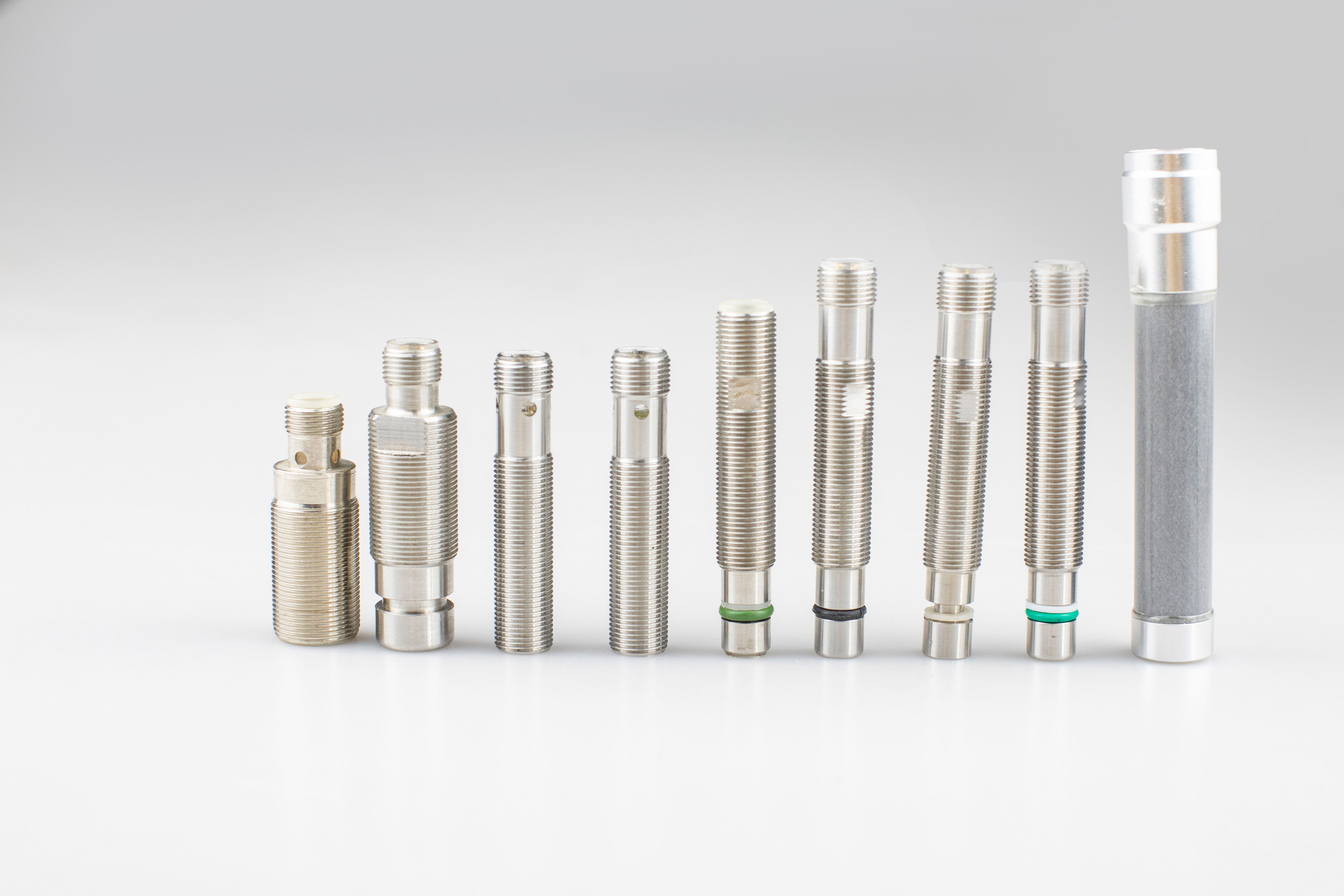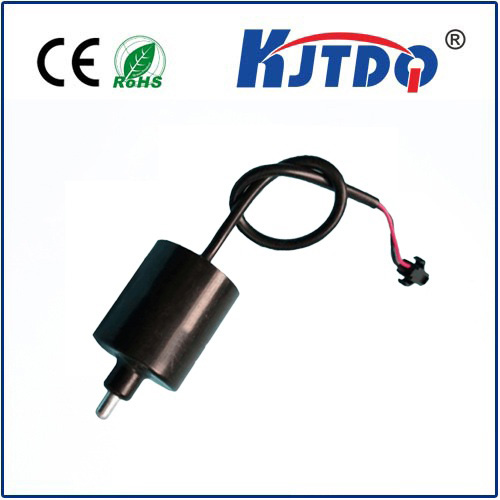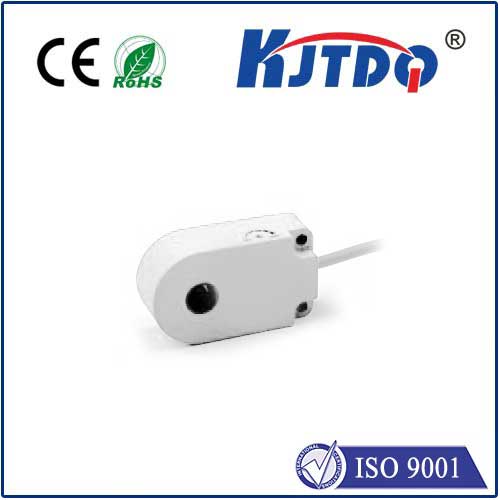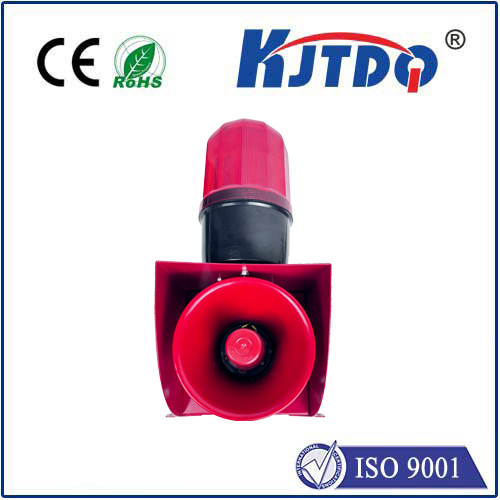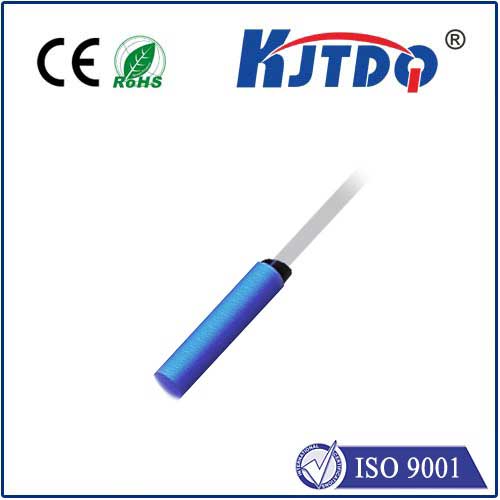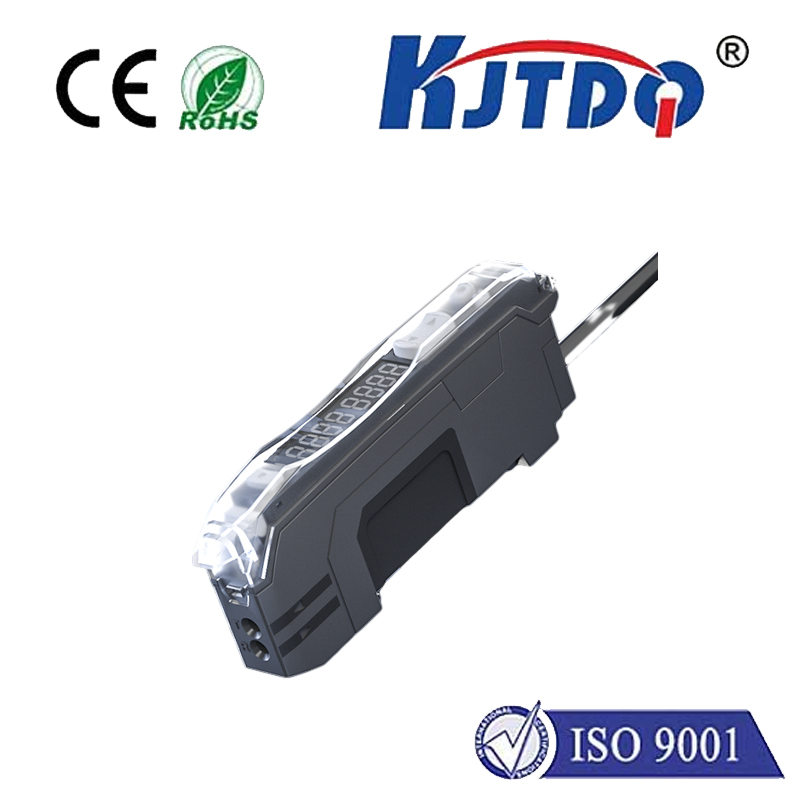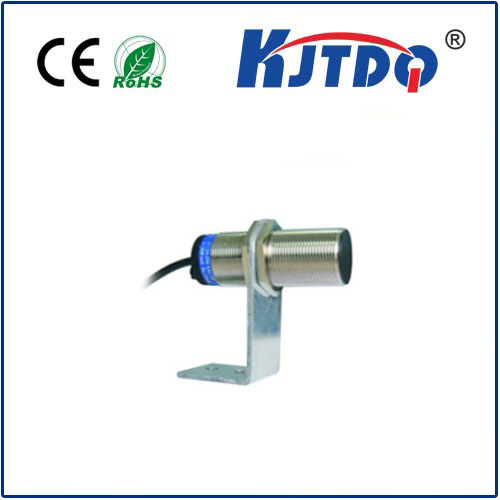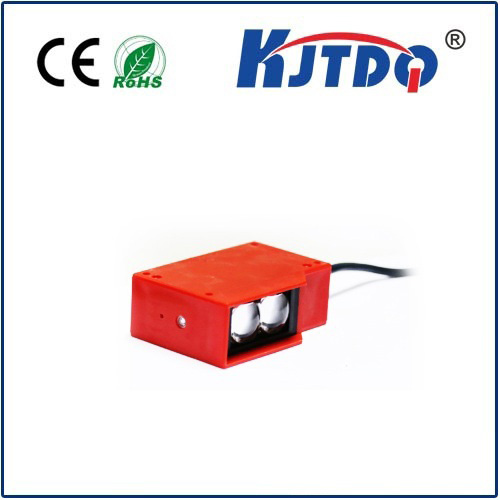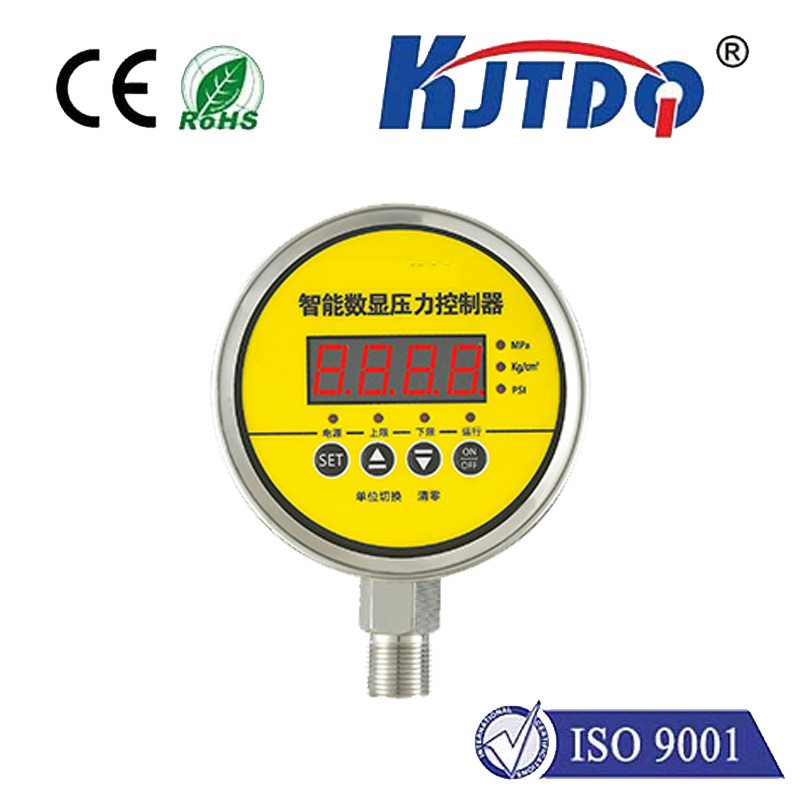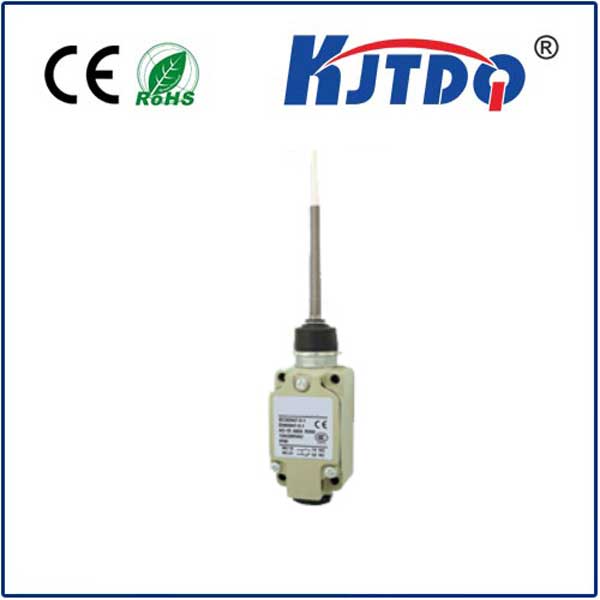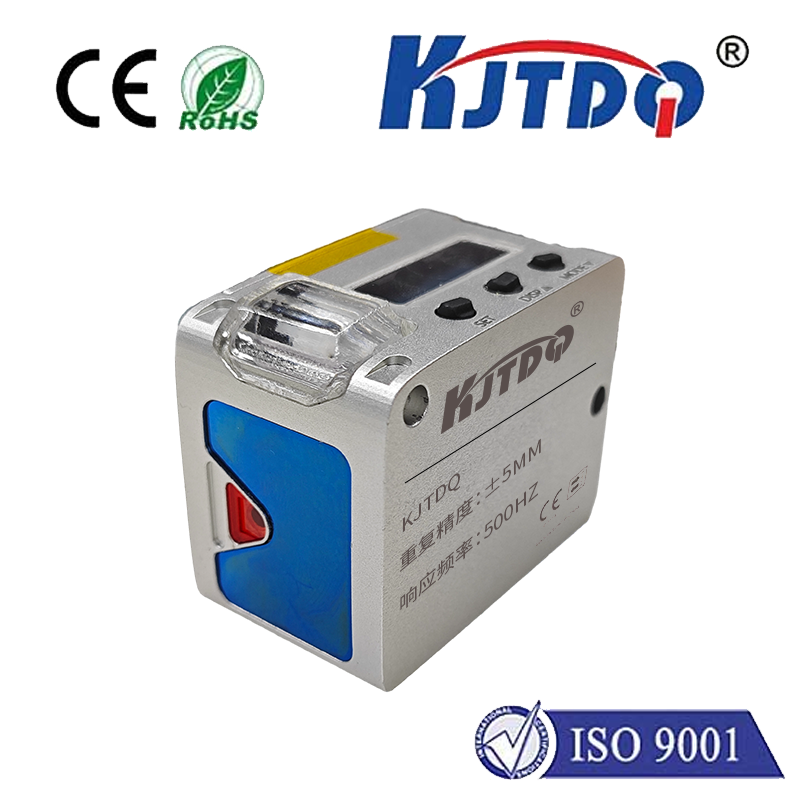
check

check

check

check
Proximity switch inspection distance table
Proximity switch inspection distance table, the main parameters required when selecting a proximity switch model
Example of common diameter specifications: M8 means 8MM diameter proximity switch with external thread
The inspection distance of the inductive sensor proximity switch is divided into 4 lengths. Why should it be divided like that? Due to the different manufacturing costs and prices, the longer the distance between proximity switches of the same diameter size, the higher the price.
What is flush: The inspection head is not exposed anywhere, and the installation must be flush with the hole spacing. What is a non-flat inspection head with an exposure of 4-8MM? The installation must expose the inspection head, and it can also be clamped and used stably.
M8 proximity switch inspection distance: flush: 1MM2MM3MM4MM non-flat: 2MM4MM5MM8MMM12 proximity switch inspection distance: flush: 2MM4MM5MM8MM non-flat: 4MM8MM10MM12MM
M18 proximity switch inspection distance: flush: 5CM8MM12MM15MM non-flat: 8MM16MM20MM23MM
The following are capacitive sensors:
{The capacitive sensor can be made without external thread 6.5CM, a capacitive sensor proximity switch with a small appearance is currently on the market, the inspection distance is below M8 type}
M8 proximity switch inspection distance: flush: 1MM2MM non-flat: 2MM4MM
M8 connector type can be selected and adjustable, M12 all the following are adjustable by default
M12 proximity switch inspection distance: flush: 1-3MM1-5MM non-flat: 1-5MM1-8MM
M18 proximity switch inspection distance: flush: 2-8MM2-16MM non-flat: 2-15MM2-25MM
M30 proximity switch inspection distance: flush: 2-20MM2-25MM non-flat: 2-30MM2-35MM
Pocket size:
φ3 and M4 pocket proximity switch inspection distance: 0.5MM0.8MM1MM
φ4, M5, square 5*5 three types of pocket proximity switches inspection distance: 0.5CM1MM1.5CM
How to choose the model and specification of proximity switch
1. When the inspection object is a metal composite material, a high-frequency oscillating proximity switch should be used. This type of proximity switch is sensitive to inspection of iron-nickel and A3 steel inspection objects. For aluminum, copper and stainless steel plate inspection objects, the inspection sensitivity is low.
2. When the test object is made of non-metallic materials, such as wood, printing paper, plastic, laminated glass, water, etc., a capacitor type proximity switch should be used.
3. When metal bodies and non-metallic materials need to be inspected and controlled over long distances, optical proximity switches or ultrasonic proximity switches should be used.
4. When the test object is metal and the test sensitivity requirements are not high, high-quality and low-cost magnetic proximity switches or Hall element proximity switches can be used.
Regarding the detailed introduction of proximity switch model selection, if you follow these standards as your criteria for selecting proximity switch models, it may save you a lot of costs and improve work efficiency.
